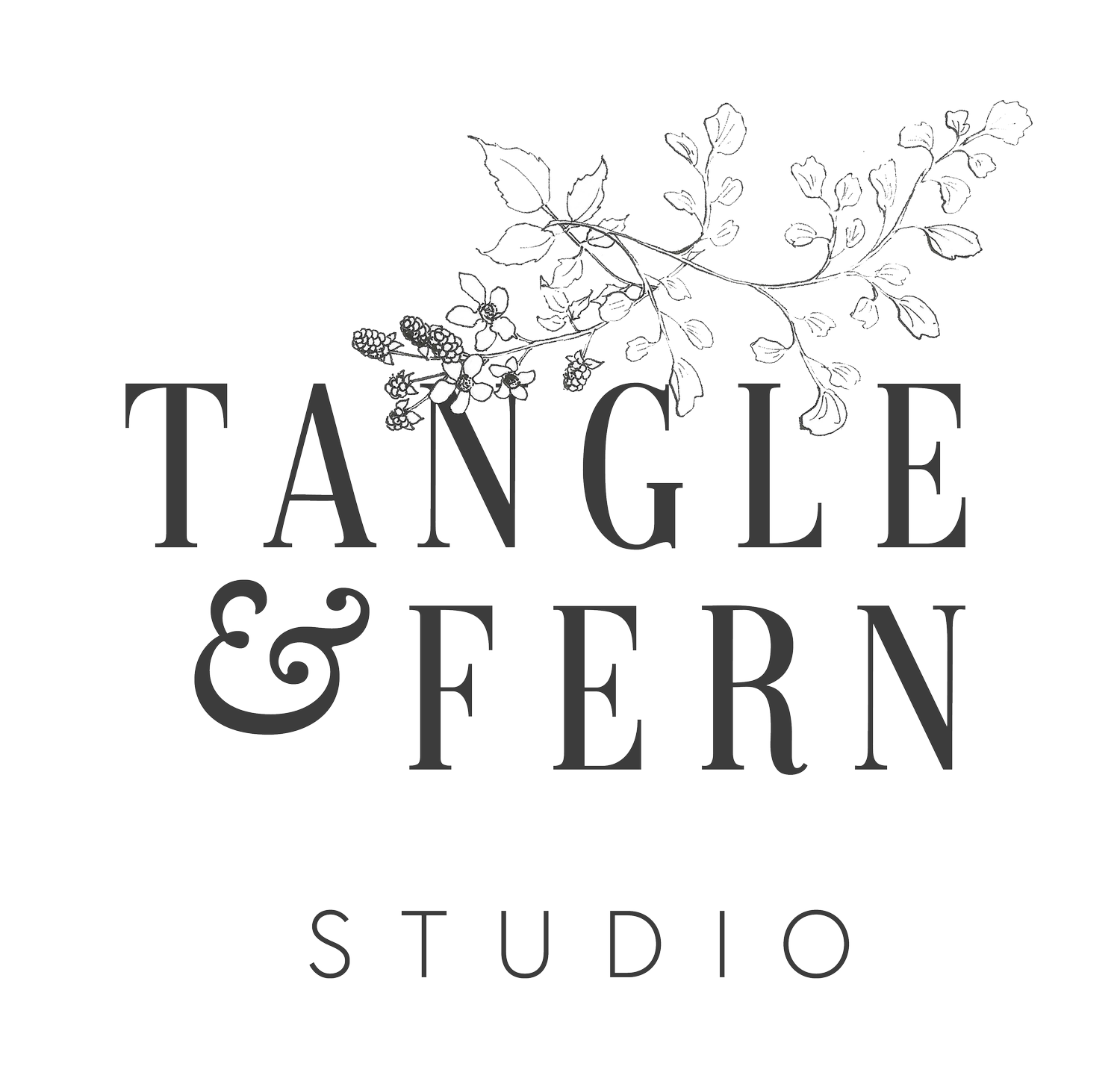Forget about the grand finalé
The fundamental mistake made by many new writers is that they put too much emphasis on building up to a grand finalé. And the problem with this is that if you haven’t gained the attention of your reader in the first few sentences, they will probably stop reading and never make it to your finalé, grand or otherwise.
For example, picture a piece of writing structured in either the shape of a pyramid, or an hourglass:
Mistake 1: Pyramid writers
‘Pyramid writers’ treat each piece of writing like a movie or a song. They start gently and slowly (ie the top, narrowest part of a pyramid); build the tension and the energy chronologically (the middle, expanding part of a pyramid); and culminate in a big finalé that they believe will make their final impression both remarkable and memorable (the wide base).
Mistake 2: Hourglass writers
‘Hourglass writers’ like to start with a big, important or impressive statement to grab their readers’ attention (ie the top, fat part of the hourglass where the sand rests at the start). They put all their minor arguments in the middle (the narrow part of the hourglass); and finish with their most impressive argument yet (the bottom, where the sand lands) in the hope of leaving a lasting impression.
Do you recognise your own writing habits in one of these? Don’t worry! On the surface, both appear to be sensible methods. However, applying this structure to writing in the workplace has one critical flaw: few readers will ever make it to your finale, no matter how impressive or important it may be.
Think about the way you read:
Do you carefully read through every email you receive?
Do you read your company’s annual reports from start to finish?
Do you read an advertising brochure from the top to the bottom?
Do you finish every newspaper or magazine article that you start?
The answer to all of the above is most likely no, unless your attention has been thoroughly caught from the start and you therefore trust that everything to come is going to be either relevant or interesting to you.
Use the “inverted pyramid” structure
When I started out in journalism, I was taught a simple but effective tool for structuring a piece of writing, and it will be equally as useful in your work or business. Often called the ‘inverted pyramid’, this tool literally turns on its head many of our old ways of thinking about writing, by putting the most important facts first.
The idea behind this concept is that you place your biggest, weightiest, most important point at the top of a piece of writing, followed by the second-most important point, then the third, and so on.
By writing in this manner, you can be fairly certain that your most important message has been communicated, even if your readers run out of time or interest before they finish.
The inverted pyramid looks like this:
But what if your priorities clash?
What if the objective of your piece of writing is to communicate something that is very important to you, but you know that it will not be of equal interest to your readers?
Search for elements of your message that might interest your audience, and move these to the top.
For example, let’s imagine you are an employee of a big company, and you want to propose to your manager that your team spends a day at the beach. Below, I have shared two ways you could structure this proposal. Both have your ultimate goal in mind (a beach day), but one focuses on your priorities, while the other focuses on the priorities your manager will have. Which do you think has the greatest chance of success?
Proposal 1: Focus on your priorities
> I propose that the entire office go together to the beach on Thursday-week.
> The day would involve a catered picnic, swimming, followed by dinner at a harbour-side restaurant.
> Over dinner, awards could be given to specific employees to reward them for their achievements.
> I think this would be a good way to reward everyone for the hard work they put in over Christmas.
> I also think it would be useful to boost morale.
Proposal 2: Focus on your manager’s priorities
> Staff productivity was at 180 percent over Christmas, contributing to overall profit increase of $2 million.
> We need to find ways to maintain productivity, encourage commitment to the company, and boost morale before the mid-year rush.
> I propose a team-building day on Thursday-week to contribute to this goal.
> This would entail a beach picnic followed by dinner.
> During dinner, achievement awards would be presented to key staff.
Homework
Think of a piece of writing that you need to do. Write down the following:
Your goals for the piece (what do you want it to achieve for you?)
What are the most important things you want your readers to know?
What will matter to the most to your intended audience in this piece?
Taking points 1-3 into consideration, and using the ‘inverted pyramid’ model, note down the order in which each of your sections / arguments will appear


